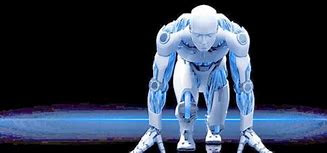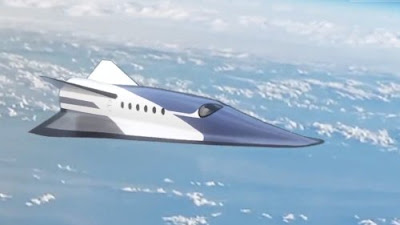DAILY INNOVATION BRIEF by Edward Kane, Journalist
DAILY INNOVATION BRIEF
By Journalists Edward Kane & Maryanne Kane
MIT SCIENTISTS CREATE MUSCLES FOR ROBOTS
- A team of scientists at MIT have created lab grown muscles for grafting onto robots. This appears to be a breakthrough in the effort to develop robots that mimic humans. Here are some key facts:
- Scientists at MIT CSAIL along with Harvard's Wyss Institute have created origami-inspired artificial muscles for soft robots
- The muscles add strength and "superpowers" to the robots
- With the muscles, the robots are able to lift objects 1000-times their weight
- 1 of the team's 2.6 gram muscles can lift a 3-kilogram object - that's the equivalent of a duck lifting a car
- It takes 10 minutes to make the muscle
- Requires less than $1.00 worth of material
- They're cheap and easy to test and replicate
- The team says they can coat robots with the muscles
- They say the muscles give robots flexible motor control and human-like senses
- The muscles can self-heal from scratches
- This innovative research is being funded by DARPA and the Wyss Institute for Biologically Inspired Engineering.
SINGAPORE'S WATER ROBOTS CLEANING WATERWAYS
- The island nation of Singapore has long had a water pollution problem. Now, new 5G water robots are cleaning up the pollution and not emitting carbon emissions. Here are some key facts:
- For many years, Singapore has been using gas-powered boats to clean the garbage in its waterways
- Now 5-G powered, autonomous robots are doing the job with greatly reduced carbon emissions
- They're called Weston Robots and are made by Weston Robot of Singapore
- By replacing the boats with 5G robots, they're cutting carbon emissions by 80%
- The robots are equipped with camaras and sensors to spot pollution
- To do the cleanup they're remotely controlled over the 5G network
- It's a 5G robotic approach to cleaning the water without polluting.
NEW TRAVEL VEHICLE - AIRLANDER
- From the UK, a new innovation in travel vehicles - the Airlander, which is part plane, part airship and green. Here's what we know:
- Created by the UK's Hybrid Air Vehicles (HAV)
- This is the world's largest aircraft at 303' long
- It's successfully completed 6 test flights
- Combines airship and fixed wing aircraft technology
- Can carry 100 passengers or 10 tons of cargo
- Company is developing a totally electric version of the aircraft
- Appears likely to start delivering cargo to the Hebrides, Orkny and Shetland regions of the UK
- Company is doing extensive research on beginning operations with those routes
- Research is showing a fleet of Airlanders could provide 79% more air freight capacity to the regions.
For more stories like this, FLIGHT PATH TO THE FUTURE









Comments
Post a Comment